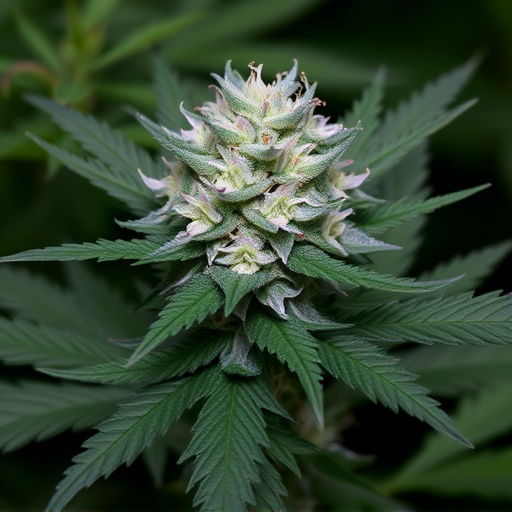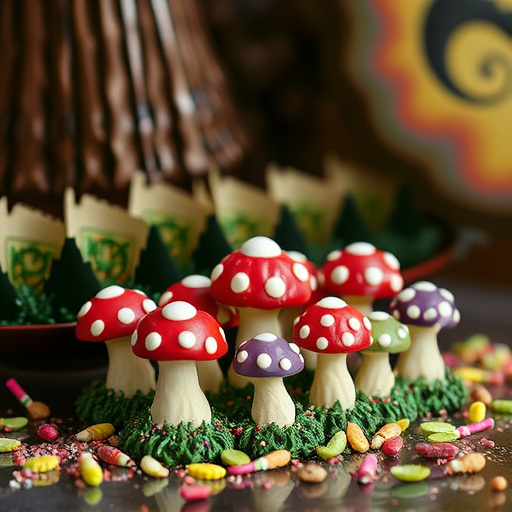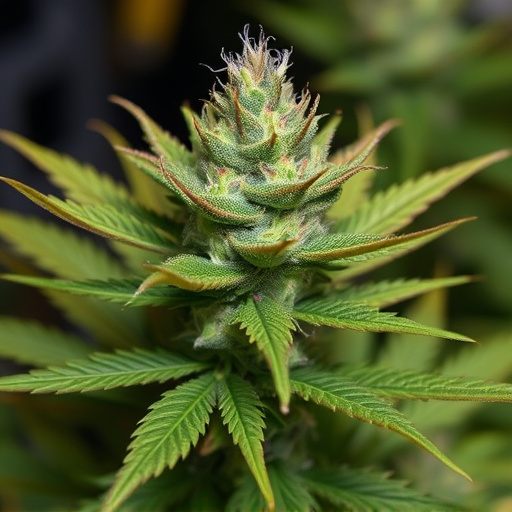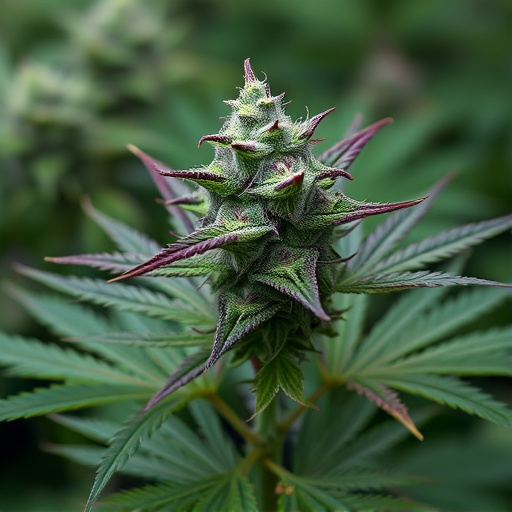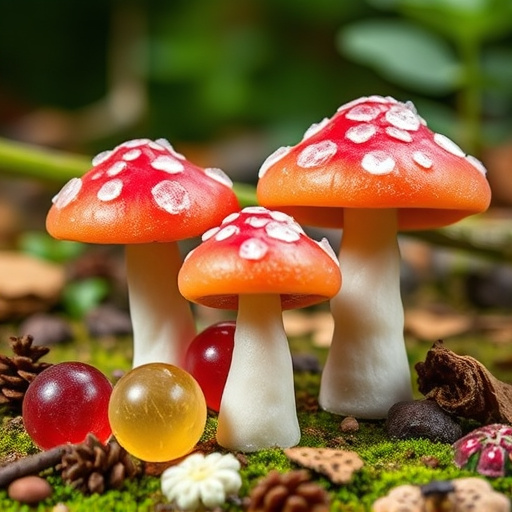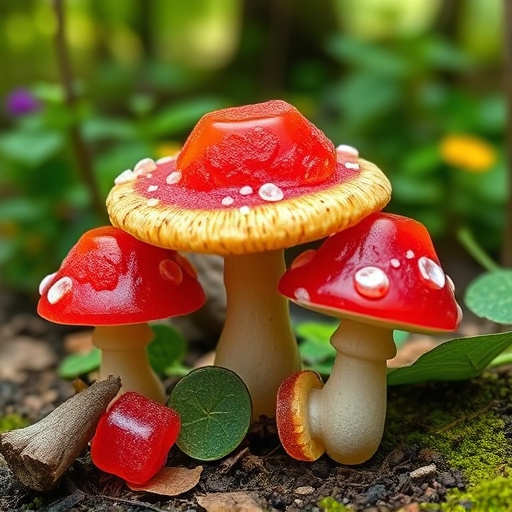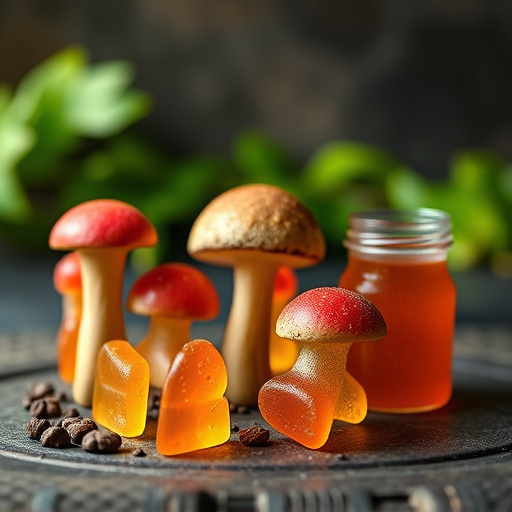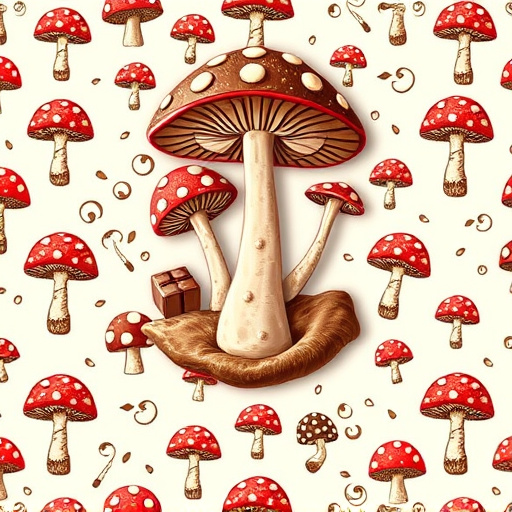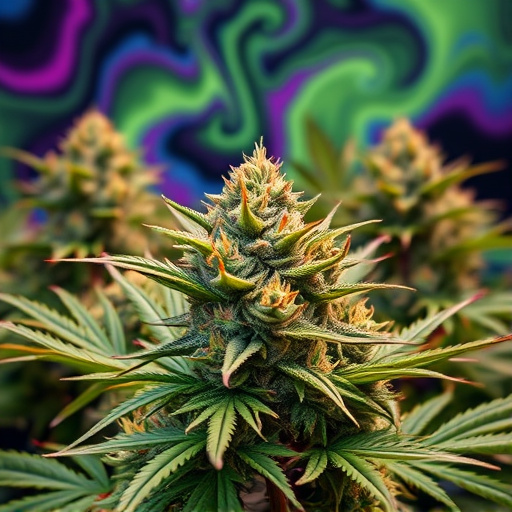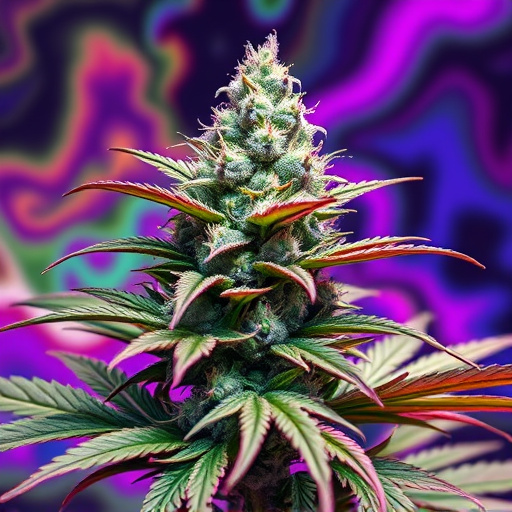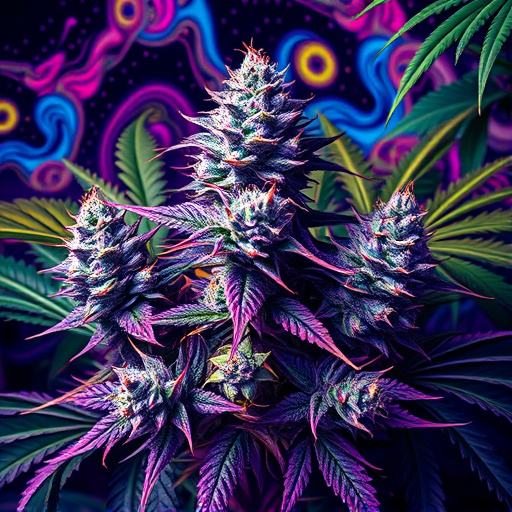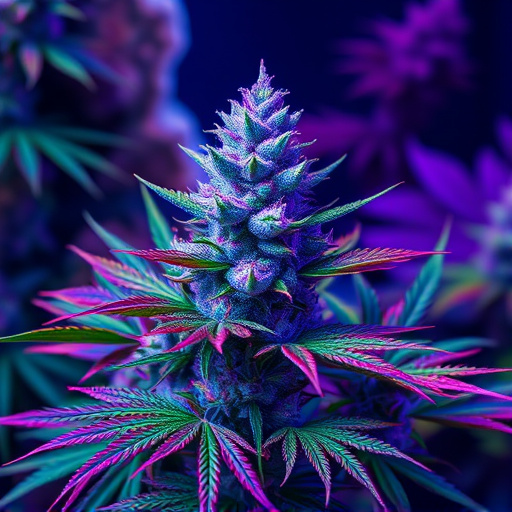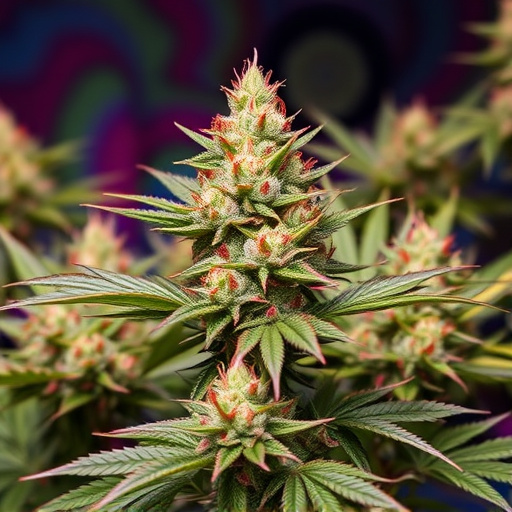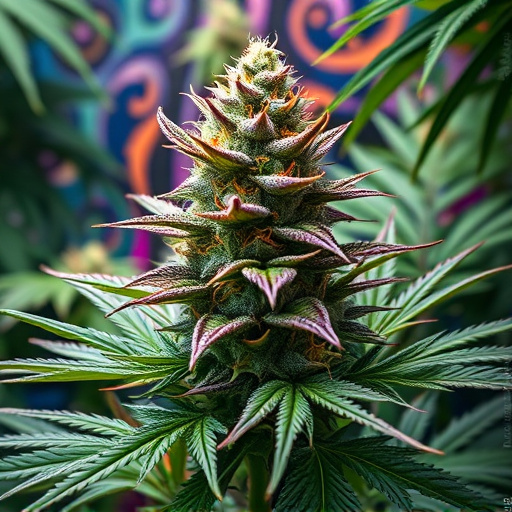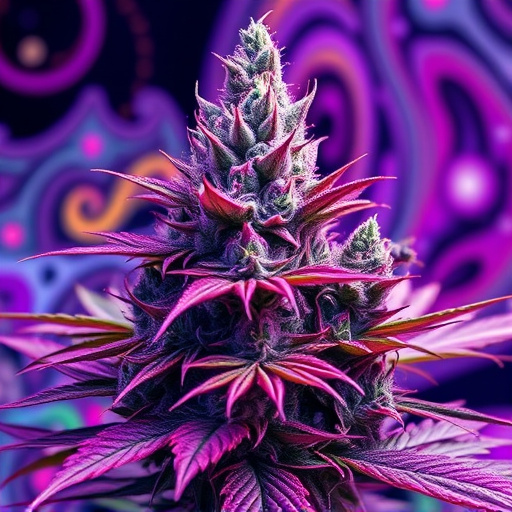Psychedelic cannabis strains, rich in THC and CBD, offer unique experiences ranging from heightened senses to spiritual insights. These strains interact with our body's endocannabinoid system through full-spectrum cannabinoids including terpenes and flavonoids, or isolated cannabinoids like THC or CBD. Full-spectrum products provide holistic effects while isolated cannabinoids offer targeted relief without psychoactive properties. Both types show potential therapeutic benefits for conditions like depression, PTSD, and anxiety, but a controlled approach is crucial to maximize benefits and minimize risks.
In the realm of cannabis, understanding the difference between full-spectrum and isolated cannabinoids is key to navigating this complex plant. This article delves into the intricacies of these distinctions, focusing on the effects of psychedelic cannabis strains. We explore how full-spectrum products offer a symphony of compounds, while isolated cannabinoids provide concentrated potency. By examining availability and consumption considerations, readers can make informed choices, especially those curious about the unique experiences offered by psychedelic cannabis strains.
- Understanding Cannabinoids: Full-Spectrum vs. Isolated
- The Effects of Psychedelic Cannabis Strains
- Availability and Considerations for Consumption
Understanding Cannabinoids: Full-Spectrum vs. Isolated
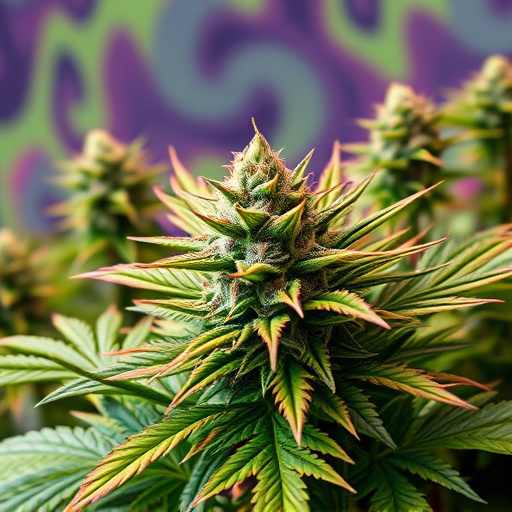
Cannabinoids are chemical compounds found in psychedelic cannabis strains that interact with our body’s endocannabinoid system, influencing various physiological and cognitive processes. They contribute to the plant’s unique effects on users. When it comes to cannabis products, two primary forms of cannabinoids exist: full-spectrum and isolated.
Full-spectrum cannabinoids refer to the complete range of cannabinoids present in the original cannabis plant extract, including minor compounds like terpenes and flavonoids. This means that when you consume a full-spectrum product, you get all the natural compounds found in the plant. In contrast, isolated cannabinoids are single compounds extracted from the rest of the plant material, offering a more pure form of a specific cannabinoid, such as THC or CBD. Understanding this distinction is crucial when choosing between products, as it can impact the overall experience and potential therapeutic benefits.
The Effects of Psychedelic Cannabis Strains
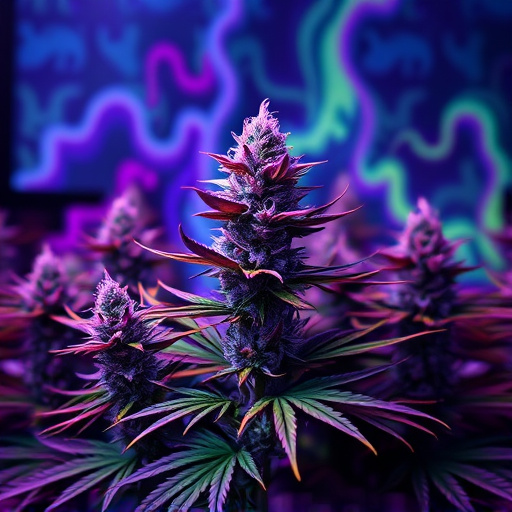
Psychedelic cannabis strains have gained significant attention for their unique effects that go beyond traditional medical benefits. These strains, rich in compounds like tetrahydrocannabinol (THC) and cannabidiol (CBD), offer a distinct experience characterized by heightened senses, enhanced creativity, and sometimes even spiritual insights. The impact of psychedelic cannabis can vary widely among individuals, ranging from profound mental clarity to intense emotional responses. Many users report feeling a deep connection with their surroundings and an altered sense of time perception.
The effects are often described as immersive and transformative, prompting conversations about their potential therapeutic applications. Studies suggest that controlled doses of psychedelic substances in clinical settings can aid in treating conditions like depression, post-traumatic stress disorder (PTSD), and anxiety. However, it’s crucial to understand that the experience is highly individual, influenced by factors such as dosage, setting, and personal expectations. Exploring psychedelic cannabis strains requires a thoughtful approach, ensuring safety and guidance from professionals to maximize potential benefits while minimizing risks.
Availability and Considerations for Consumption
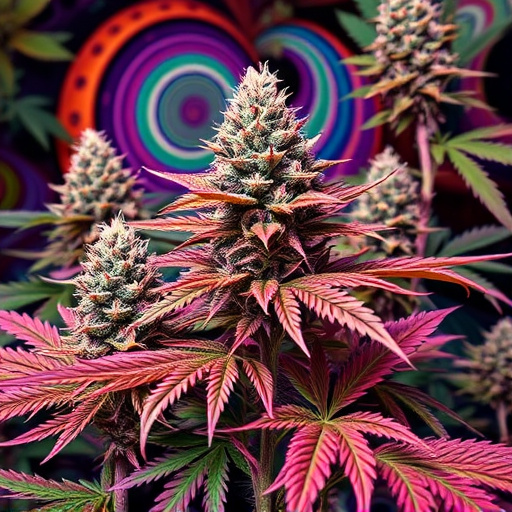
The availability of full-spectrum and isolated cannabinoids varies significantly, with psychedelic cannabis strains often leading the way in offering a diverse range of options. Full-spectrum products, containing a wide array of terpenes and other minor cannabinoids alongside THC and CBD, are typically found in dispensaries catering to medical and recreational users. These products offer a more natural experience, reflecting the complex chemistry of the plant. On the other hand, isolated cannabinoid extracts, focusing on a single compound like THC or CBD, are prevalent in various consumer goods, from edible capsules to topicals. This accessibility makes isolated cannabinoids more convenient for those seeking targeted relief without the full sensory experience of psychedelic cannabis strains.
Consumption methods play a crucial role in considering these options. Full-spectrum products often appeal to users who enjoy the holistic effects of cannabis, including potential enhanced cognitive and mood benefits attributed to terpene interactions. Edibles made from psychedelic cannabis strains are gaining popularity for their ability to induce profound mental states. In contrast, isolated cannabinoids are favored by those looking for specific health advantages, such as anti-inflammatory or anxiolytic effects, without the psychoactive properties. Vaping is a preferred method for this segment, allowing for swift and precise dosing.
In comparing full-spectrum and isolated cannabinoids, especially within the context of psychedelic cannabis strains, it’s clear that full-spectrum offers a more holistic experience due to the interplay of various compounds. While isolated forms provide targeted effects, full-spectrum products capture the intricate tapestry of terpenes and flavonoids found in nature, potentially amplifying or modifying the desired effects. As the market for psychedelic cannabis strains grows, understanding these distinctions becomes crucial for consumers aiming to navigate this diverse landscape and make informed choices that align with their unique needs and preferences.
